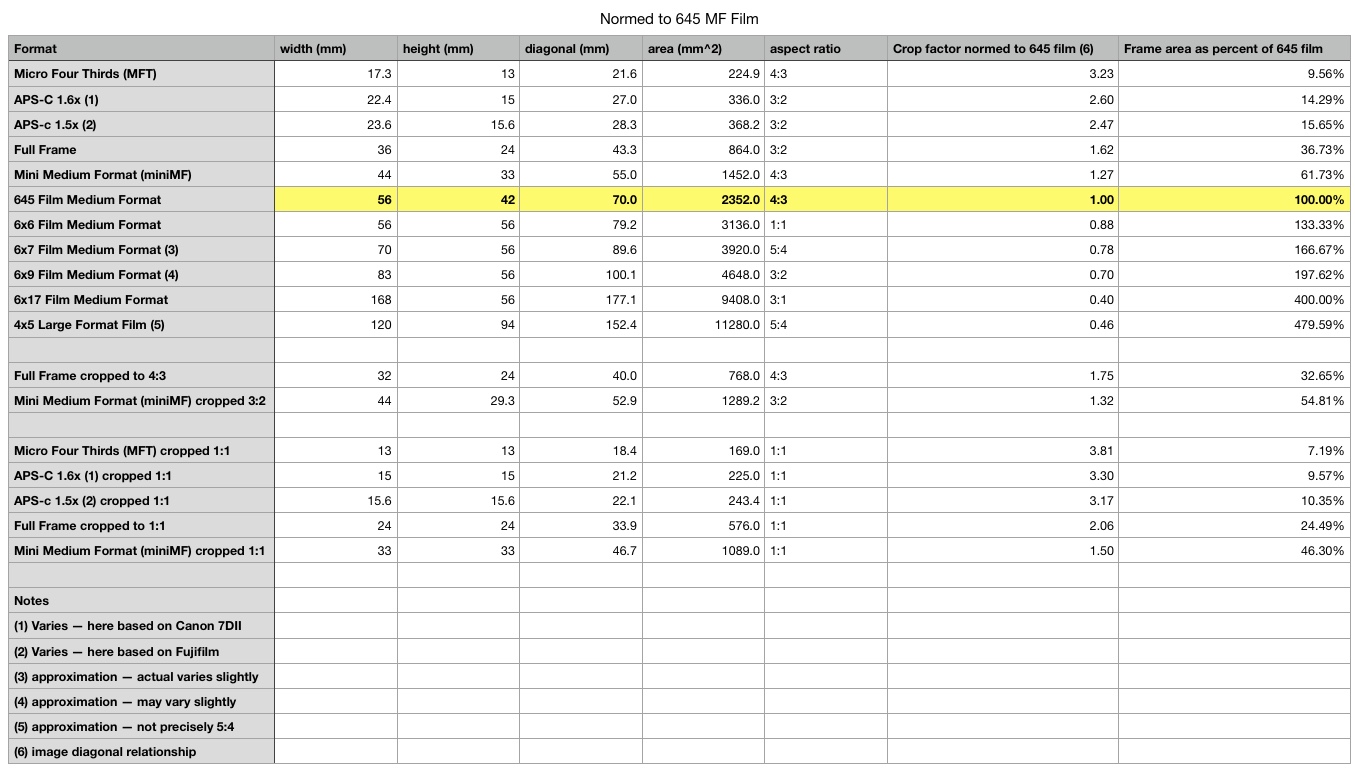
Redwood Grove, Humboldt Redwoods. © Copyright 2021 G Dan Mitchell – all rights reserved.
A dense grove of old- and new-growh coast redwoods, Humboldt Redwoods State Park.
When photographing new locations, there is a tension between knowing enough and knowing too much ahead of time. In most cases, some preparatory research about a place is useful — it lets you find your way to (and back from!) interesting locations, and it alerts you to their existence. On the other hand, knowing too much about a place limits opportunities to experience the feeling of “discovering” something unexpected. When we arrived at this grove near the end of an exploratory loop to the far Northern California coast, the unexpected stillness and quiet of this magnificent grove was magical.
Another tension concerns the best way(s) to interpret coast redwood forests in photographs. For me, the path usually lies somewhere between the (hopeless and uninteresting) idea of “capturing” supposed objective reality and fascinating and extravagantly subjective and even fantastical interpretations that may be problematic. I don’t think that there is a right answer, but extreme cases raise important questions. On this visit I focused on carefully considering what I see without the camera — how cool/warm the light appears in these places, how much detail can I really see, how much light is really in the scene. These observations inform how I render these subjects — and my thinking about the boundaries between what was there, how the camera “saw” it, and how I want you to see it.
G Dan Mitchell is a California photographer and visual opportunist. His book, “California’s Fall Color: A Photographer’s Guide to Autumn in the Sierra” is available from Heyday Books, Amazon, and directly from G Dan Mitchell.
Blog | About | Flickr | Facebook | Email
Links to Articles, Sales and Licensing, my Sierra Nevada Fall Color book, Contact Information.
Scroll down to leave a comment or question.
All media © Copyright G Dan Mitchell and others as indicated. Any use requires advance permission from G Dan Mitchell.











